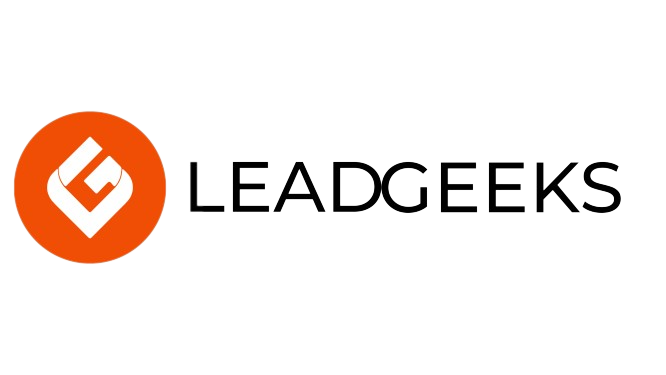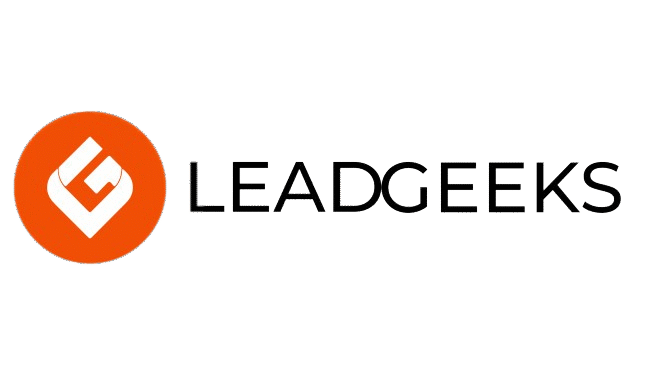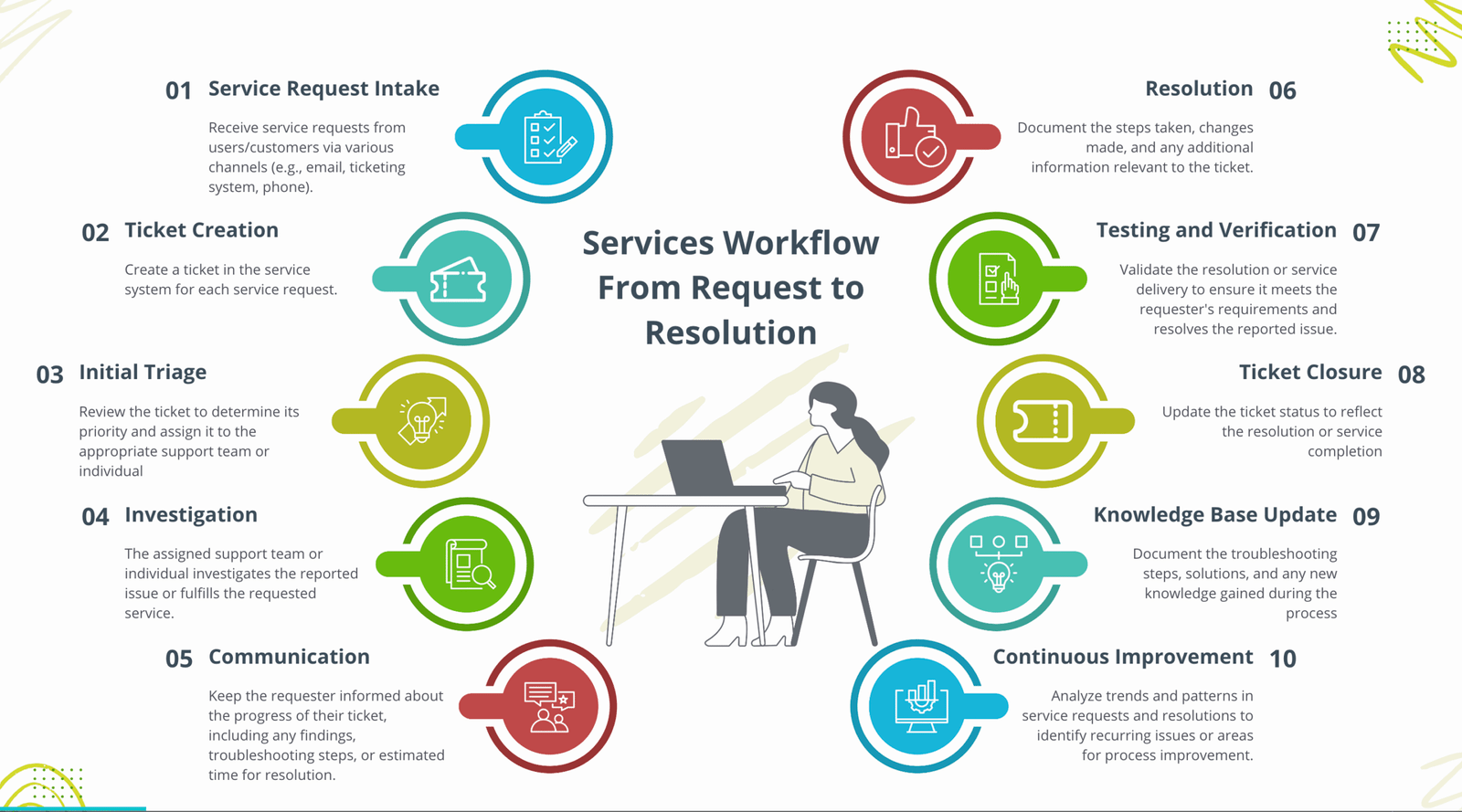The Ultimate Guide to Sales Workflow Optimization: Level Up Your Sales Game
In the sales world, if you’re not optimizing your workflow, you’re basically playing on easy mode while your competitors are grinding for the high score. Streamlining your sales process isn’t just some corporate buzzword—it’s about getting the right leads, closing deals faster, and making your sales squad look like legends. So, whether you’re a solo hustler or managing a whole team, this guide is gonna help you hit that next level in your sales game. Ready? Let’s dive in. What is Sales Workflow Optimization? Alright, picture this: you’re playing your favorite video game. Your character (sales rep) has to fight through a bunch of levels (sales stages) to get to the final boss (closing the deal). If your path is cluttered, full of distractions, and inefficient, you’re gonna get stuck. Sales workflow optimization is like equipping your character with the best gear, setting up the right cheats (automation), and clearing the clutter, so you can speedrun through your sales stages and reach that final boss faster. It’s all about making your sales process smoother, faster, and more efficient, so you can hit your goals like a pro. 🚀 Why Should You Care About Sales Workflow Optimization? 1. Increase Productivity: Less Time on Admin, More Time Closing Deals Scenario:You’ve got a sales rep named Sarah who’s constantly bogged down by administrative tasks. She spends hours manually entering lead information into your CRM, sending follow-up emails, and keeping track of interactions in spreadsheets. Because of this, she only manages to make a few calls a day, limiting her ability to hit her target. Optimized Workflow:Now, imagine you automate a lot of that work. With a CRM like HubSpot, lead data automatically populates as soon as a new contact fills out a form. Follow-up emails are triggered automatically after certain actions (like when a lead downloads a product brochure), and your CRM reminds Sarah about next steps. With all this automation in place, Sarah spends her time actually engaging with prospects instead of doing busywork. Result:Sarah is now closing 20% more deals because she’s not stuck in admin mode—she’s spending more time talking to prospects and pushing them through the pipeline. More productivity = more deals closed. 🏆 2. Better Lead Management: No Leads Left Behind Scenario:Your team is juggling 100+ leads at any given time. Some leads are more qualified than others, but without a clear system in place, a few of them get forgotten or mixed up. Leads who were hot last month but fell off the radar now come back cold, and you’re left wondering what happened to them. Optimized Workflow:You implement a lead scoring system, where high-quality leads (based on criteria like job title, website visits, and engagement) are automatically flagged and moved to the top of your sales rep’s list. Your CRM also tracks lead interactions, so your team knows exactly when a lead was last contacted and what action to take next. Result:No more leads falling through the cracks. Your sales reps know which leads need attention right now and which can be followed up with later. You’re closing deals faster and with higher confidence because every lead is tracked and managed efficiently. 3. Higher Conversion Rates: Fewer Bottlenecks, More Closed Deals Scenario:Your sales team has a great process for initial outreach, but once a lead expresses interest, they’re handed off to another team member who may not follow up in a timely manner. Sometimes, this transition gets lost in the shuffle, and prospects go cold in the process. Optimized Workflow:You streamline the handoff process with automated task assignments. When a lead shows interest (say, they book a demo), it automatically triggers a follow-up call or meeting invite in the CRM, assigned to the next available rep. Communication is clear, and everyone is notified when a lead takes action. Result:Fewer bottlenecks mean leads aren’t lost in the shuffle. Since everything is automated and assigned clearly, leads move smoothly through the sales funnel. You’re seeing a 15% increase in conversion rates because there are fewer delays and clearer communication. 4. Epic Customer Experience: Happy Customers, Loyal Customers Scenario:You’re working with a lead who’s been on the fence about your product. They’ve had a couple of calls with your team, but the follow-up communication has been inconsistent. One rep drops the ball, another reaches out too aggressively, and it just feels a bit chaotic for the lead. As a result, they’re losing trust and may decide to go elsewhere. Optimized Workflow:With an optimized workflow, you ensure that the lead’s journey is smooth and personalized. Automated follow-up sequences are personalized based on the lead’s previous interactions. You also use a shared team dashboard, so all reps know exactly where the lead is in the pipeline, and there’s no overlap or miscommunication. Result:The lead feels heard and valued throughout their journey. They receive timely, relevant, and non-invasive communications from your team. As a result, they decide to make the purchase—and they’re more likely to stay loyal to your brand because of the seamless, personalized experience. Customer satisfaction goes up, leading to repeat business. Steps to Optimize Your Sales Workflow 1. Map Out Your Current Sales Process (Know Your Game Plan) Before you can tweak your strategy, you need to know exactly what’s going on in your sales process. This is like laying out the game board before the match starts. What to Map Out: Mapping it out is like figuring out your strategy before entering the final boss fight. Know your tactics, so you’re ready to optimize the heck out of them. 💥 2. Automate Repetitive Tasks (Let The Bots Do The Work) Nobody’s got time to waste on repetitive stuff. That’s where automation comes in. Automating the boring tasks lets your sales squad focus on what matters—building relationships and closing deals. Think of it as setting up macros for those low-level grind tasks. 🦾 Alright, let’s break it down step by step with a practical example of how to optimize the sales workflow by automating these key areas:


